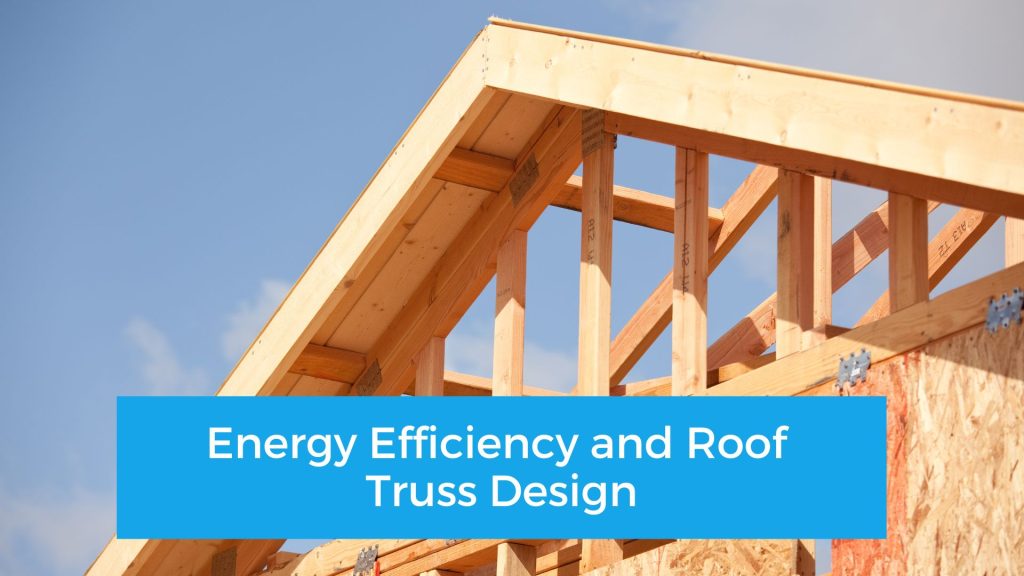
Today, we are all trying our best to contribute to a more sustainable life, and that is the same in the construction industry. In the quest for sustainable construction, energy efficiency has emerged as a cornerstone of modern building design.
While energy-efficient windows, insulation, and HVAC systems are commonly discussed, the role of roof truss design in optimising a building’s energy performance often goes unnoticed. That is why we have put this article together, shedding light on how intelligent truss design can help create environmentally responsible and economically viable structures.
Understanding the Impact of Roof Truss Design on Energy Efficiency
The design of a roof truss can significantly affect a building’s energy consumption and comfort levels. Roofs are the primary barrier between a building’s interior and the outside environment, making them critical in regulating temperature, ventilation, and the penetration of natural light. A well-designed roof truss system can enhance these aspects, leading to reduced energy usage and a more comfortable indoor environment.
Optimising Insulation and Ventilation
Feature roof trusses play a vital role in determining the amount of insulation that can be effectively installed. Adequate insulation prevents heat transfer between the interior and exterior, reducing the need for excessive heating or cooling. Proper ventilation design, facilitated by well-planned roof trusses, ensures a healthy indoor environment by preventing moisture buildup and maintaining consistent air circulation.
Cool Roof Truss Design for Solar Reflectance
Cool roofs are designed to reflect a larger portion of the sun’s head and absorb less energy. Roof truss design can facilitate the installation of cool roofing materials that possess high solar reflectance and thermal emittance. These materials reduce the amount of heat absorbed by the roof, leading to lower cooling demands and decreased energy consumption.
Integration of Solar Panels
With the growing popularity of renewable energy sources, integrating solar panels into a building’s design has become a viable energy efficiency strategy. Roof truss design should account for the additional weight and structural requirements of solar panels. Furthermore, truss layouts can be optimised to ensure unobstructed access to sunlight for maximum energy generation.
Daylight and Natural Lighting
Roof truss design can also facilitate ample natural lighting, reducing the need for artificial lighting during daylight hours. Clerestory windows, skylights, and strategically positioned openings can be seamlessly integrated into truss configurations, allowing daylight to penetrate deep into the building’s interior space.
Here at Aber Roof Truss, our environmental and social impact is important to us, which is why we are constantly reviewing it.We are PEFC certified, promoting sustainable forest management across 36 countries, together accounting for over 264 million hectares of forests.
